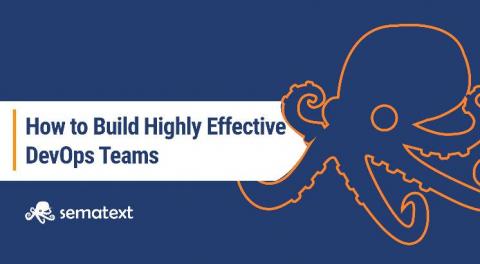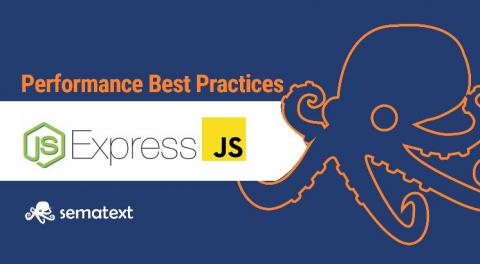Service Autodiscovery & Automatic Monitoring with Sematext
If you are anything like us here at Sematext, you are likely always trying to automate any tedious, repetitive tasks. Repetitio est mater… boringdorum. Setting up monitoring falls in that category. You either do it manually every time you provision a new piece of infrastructure or service, or you automate it. Note that by “service” I mean either an instance of your own application or something like Nginx or Elasticsearch or MySQL or …











